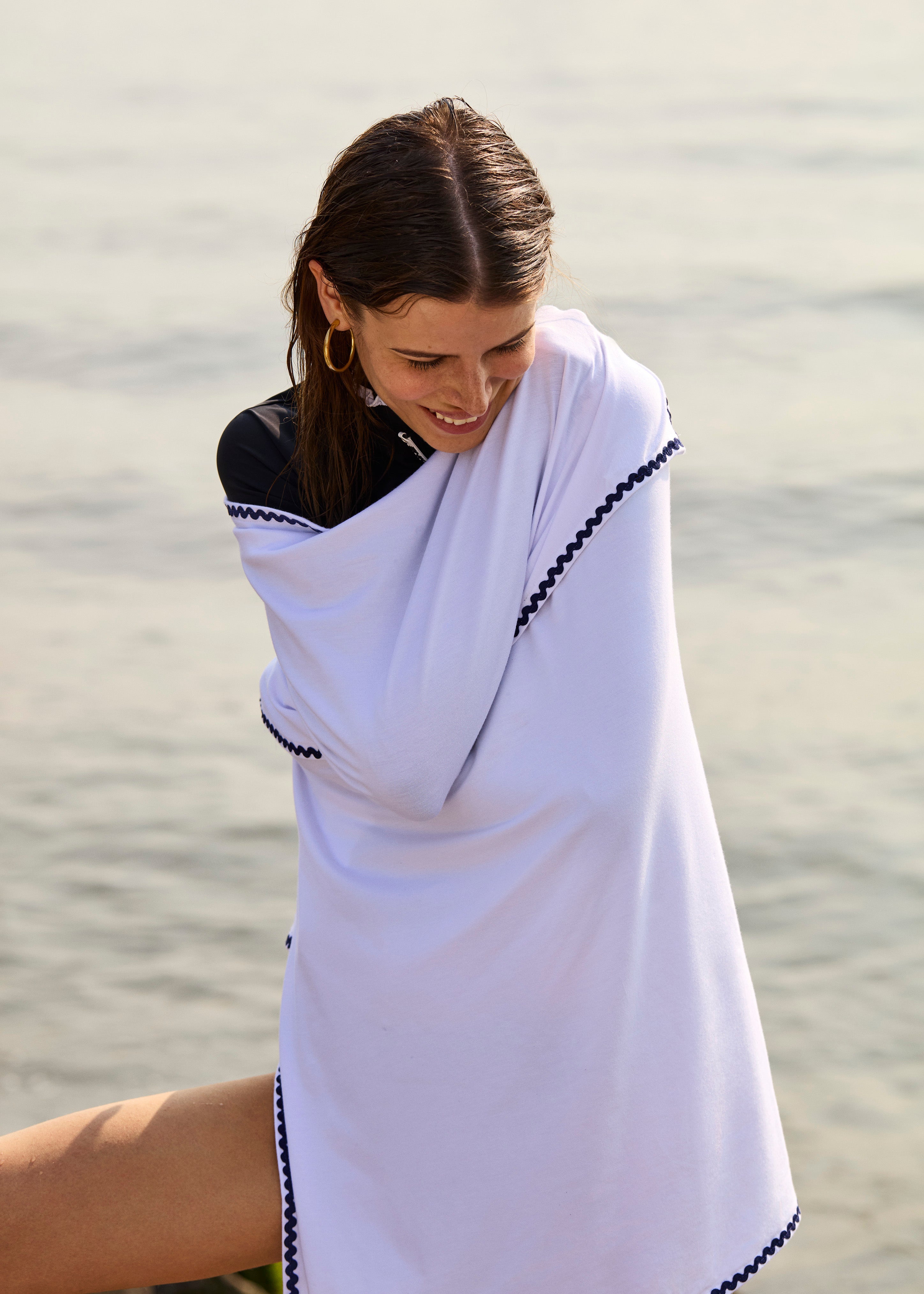
Year-Round Sun Protection: Why Winter and Clouds Won’t Save Your Skin
Do you need sun protection on cloudy days?
Think winter means you can skip sun protection? Science tells a different story. UV radiation poses a year-round threat to your skin, and in some winter conditions, the risk actually increases.
Understanding Year-Round UV Exposure
Summer vs. Winter UV
While UVB rays (the burning rays) are strongest in summer, they remain a threat year-round:
-
Can burn and damage skin even in cold weather
-
Particularly dangerous at high altitudes
-
Intensified by reflective surfaces like snow and ice
The Winter UV Amplifier Effect
Winter activities can actually increase your UV exposure:
-
UV radiation increases 4-5% for every 1,000 feet of elevation
-
Winter sports enthusiasts face heightened risk due to extended outdoor exposure at higher altitudes
The Constant Threat: UVA Rays
Unlike their UVB counterparts, UVA rays (the aging rays) maintain consistent strength throughout the year:
-
Penetrate through clouds and fog
-
Pass through glass windows
-
Cause dark spots, wrinkles, and premature aging
-
Contribute to skin cancer risk
According to the American Academy of Dermatologists survey from 2024 one in seven Americans are unaware that the sun’s UV rays are reflected by snow, water, and sand.
Most Vulnerable Areas
The face, head, and neck - areas typically left exposed even in winter. While winter clothing covers most of your body, these crucial areas often remain unprotected, that's why we created our bandana/scarves ensuring your skin stays protected regardless of season or altitude and don't forget to wear SPF!




Leave a comment
This site is protected by hCaptcha and the hCaptcha Privacy Policy and Terms of Service apply.